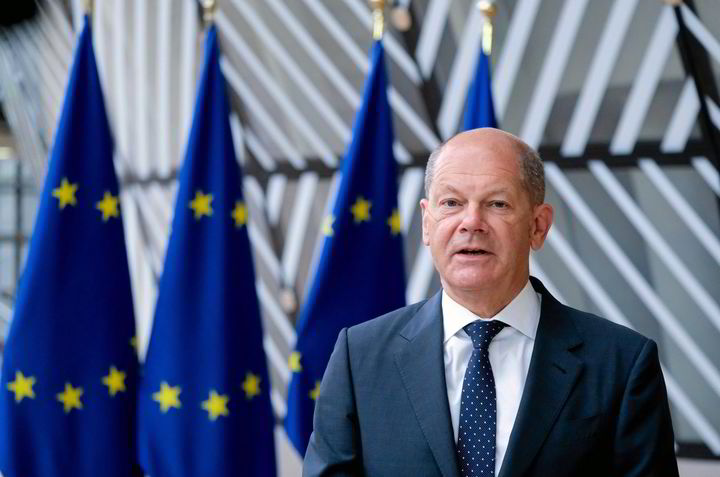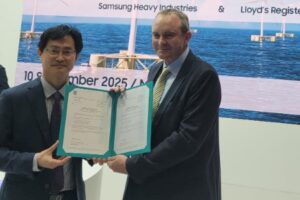EXCLUSIVE | EIB to start providing grants for green hydrogen production in developing countries after Germany adds €434m to fund

Germany is providing €434m ($475m) to the European Investment Bank’s (EIB) Green Hydrogen Fund, enabling the EU’s lending arm to start providing investment grants for renewable H2 production in developing countries.
The EIB had announced the contribution yesterday without revealing its size — apparently because the German government had asked the bank not to divulge the sum.
But the bank’s website shows that donations to the fund now stand at €459m — up from €25m — and an EIB spokesperson confirmed to Hydrogen Insight that only Germany has added to the fund since the total stood at €25m.
Germany’s massive contribution now means that the EIB will expand the scope of the fund from merely providing strategic advice and technical assistance to providing investment grants — a move that will be “crucial in advancing projects often perceived as too risky by traditional investors”, according to the bank.
“The additional funding for the Green Hydrogen Fund will help reduce the financing gap for large-scale green hydrogen projects,” the EIB explained.
“The fund subsidises investments and advisory services along the entire value chain: from the production of green hydrogen, through processing, to storage and the transport infrastructure for hydrogen and hydrogen downstream products.
Article continues below the advert
“This supports the international ramp-up of the hydrogen economy.”
The bank added that the new funding will help to de-risk green hydrogen investments in developing nations.
“Dealing with emerging hydrogen technologies and unestablished markets increases the complexity, costs and risks associated with project development and financing.
“Currently, international hydrogen projects face challenges such as unfavourable market conditions, regulatory risks, a lack of societal acceptance and lengthy approval processes.
“Public [financial] support provides an important market signal to attract further investments and mitigate risks. The Fund serves as a platform for collaboration with other development banks and private financial institutions.
“Supported projects are expected to attract approximately three to 100 times the amount of grant money in follow-on investments, depending on whether they are pilot projects or ready for large-scale green hydrogen production.”
The EIB is a not-for-profit body that provides long-term project financing and guarantees to further the goals of the EU, which in this case is the aim to import 10 million tonnes of green hydrogen from outside the bloc by 2030.
The bank has previously agreed to provide €1bn and €100m of loans — rather than grants — to green hydrogen projects in India and Chile, respectively. And the European Commission’s €300bn Global Gateway initiative is also providing funding for green hydrogen production outside the EU, among many other investments, but this is a separate pot of money.
Germany is also buying imported green hydrogen from outside the EU through its H2Global programme, a scheme that the Netherlands has also joined.
The EIB has already provided more than €1bn in direct financial support “related to hydrogen technologies”, including electrolysers, catalysts, fuel cells, carbon capture and storage, and H2 filling stations.
“Green hydrogen can help industries reduce their carbon footprint,” said EIB President Werner Hoyer. “The countries of the Global South have enormous potential to produce the renewable energy needed for green hydrogen.
“With the Green Hydrogen Fund, we are building a bridge between the innovative projects required to limit global warming to an acceptable level and the economic development of countries and regions most affected by the consequences of climate change.
“Together with the German Ministry for Economic Affairs and Climate Protection, we will offer technical assistance and investment grants through the fund. This will enable our partners to integrate green hydrogen into their climate action plans and develop infrastructure projects that can make green hydrogen a reality on a large scale.”






